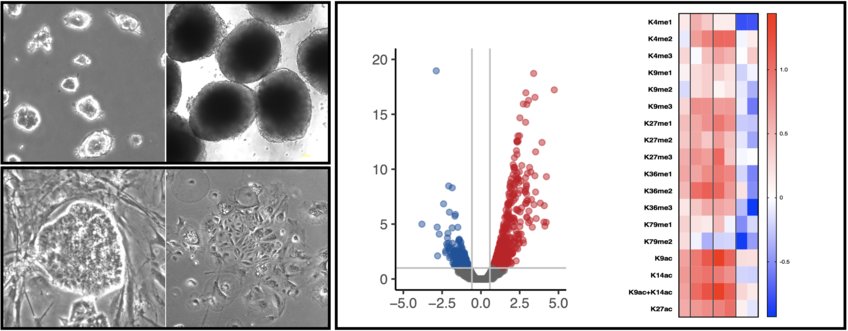
Gene-environment interactions
The very first stem cells emerge before the embryo implants into the uterine wall. In fact, mouse embryos reach mid-gestation before placenta is properly formed. This means that the embryo might have limited access to nutrients, oxygen, and other factors governing cell growth and proliferation. Embryonic cells, including stem cells, must alter cellular signaling and metabolism to adjust to ever-changing conditions. They manage this by tailoring gene expression programs and chromatin landscapes to environmental status.
Changing environmental conditions and altered cellular signaling also shape stem cell identity and differentiation capacity. By investigating environmental parameters that influence stem cell function in mechanistic detail, we aim to uncover factors impeding or enhancing early embryonic development.
Further Reading: